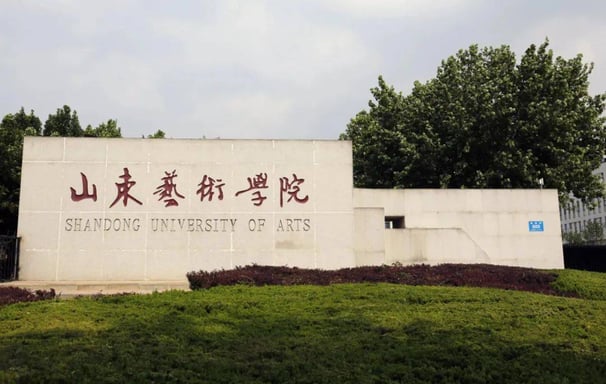Chinese Universities and Colleges
Communication University of China, School of Drama and Film
The Communication University of China (CUC) is one of China’s first “Double First-Class” universities directly under the Ministry of Education, a “211 Project” key university, and a “985 Innovative Platform for Advantageous Disciplines” institution.
Founded in 2002, the School of Drama and Film at CUC is the largest art discipline college in the university, comprising seven departments—Drama Literature, Directing, Cinematography, Acting, Art Design, Light & Environment Design, and Foundation Studies—and offers a full education pipeline from bachelor’s to postdoctoral levels. All seven undergraduate programs are nationally recognized first-class programs, with the Acting major additionally designated as a Beijing first-class program.
Adhering to the “Integration of Knowledge and Practice” philosophy, the School has been instrumental in producing award‐winning works, with faculty and students winning top honors such as the Huabiao, Golden Rooster, Flying Apsaras, and Golden Eagle Awards, and graduates widely serving at Xinhua News Agency, CCTV, People’s Daily, and leading film production companies.
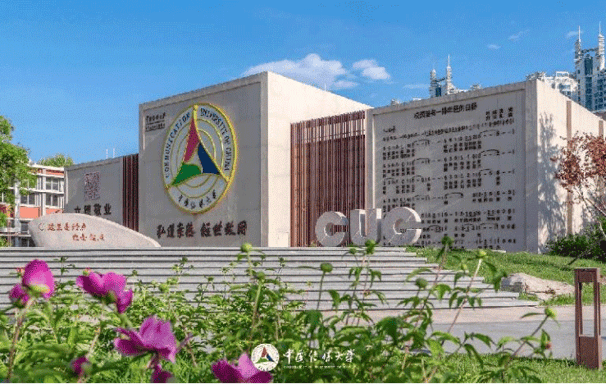

Beijing Film Academy
Beijing Film Academy (BFA), nicknamed “BeiDian” or “BeiYing,” is jointly administered by the Beijing Municipal Government, Ministry of Education, and National Radio and Television Administration. It ranks alongside the Central Academy of Drama and Shanghai Theatre Academy as one of China’s top three institutions for drama and film education.
Its motto, “Respect Teachers, Honor the Way, Pass the Flame,” penned by renowned scholar Ji Xianlin, emphasizes the lineage of film education and technical mastery across generations.
BFA comprises two campuses—Haidian (105 mu) and Huairou (667 mu)—with 16 departments plus a Graduate School. It holds authorization for three doctoral first-level disciplines, three master’s first-level disciplines, and eight secondary-level disciplines. The faculty includes 617 staff (391 full-time teachers), and the student body numbers approximately 3,800 full-time students.
Admission is extremely competitive: in 2018 over 45,000 applicants vied for fewer than 500 spots, yielding an acceptance rate of about 1%.
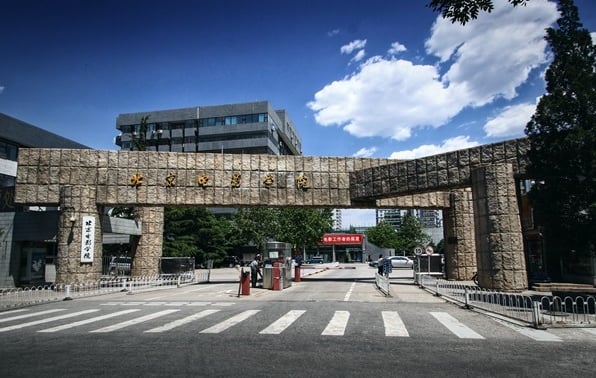

Central Academy of Drama
The Central Academy of Drama (CAD), known as “ZhongXi,” is the first higher education institution in drama established in New China. It is directly under the Ministry of Education and designated as a “Double First-Class” university, serving as the pinnacle of drama and film arts education in China.
CAD operates two campuses in Dongcheng and Changping, covering 230,000 m² (18 × 10⁴ m² of building space). It comprises 13 departments, two postdoctoral research stations, and three authorized doctoral and master’s first-level disciplines. The full-time student body is nearly 3,000, supported by over 300 full-time faculty members.
In 2024, its Performing Arts program entered the QS World University Subject Rankings for the first time, achieving 35th globally—the only mainland Chinese institution to appear in this category.
As the headquarters of the China Higher Education Alliance for Drama, CAD hosts multiple industry associations and research centers, leading national efforts in drama talent cultivation and scholarly research.
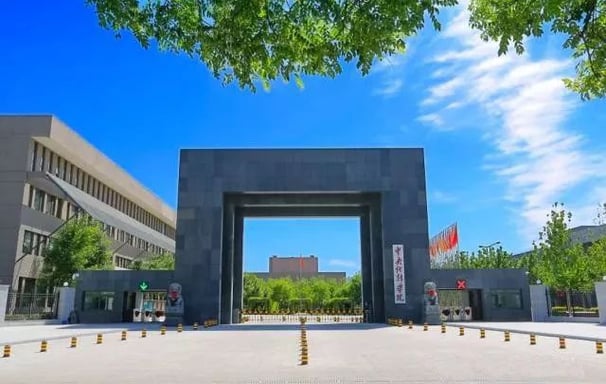

Beijing City University
Beijing City University (BCU), founded in 1984, is China’s first higher education institution operating under a public–private partnership and one of the first private universities accredited to award bachelor’s and master’s degrees.
BCU holds national accreditation for undergraduate and graduate programs, and also offers secondary vocational and higher vocational education, forming a “professional diploma – bachelor – postgraduate” integrated pathway.
The university comprises three campuses, eleven teaching units, and over 100 majors, with more than 20,000 full-time students and over 2,000 faculty and staff. Its libraries hold over 2 million volumes, supported by 100+ specialized labs and comprehensive campus networks and facilities.
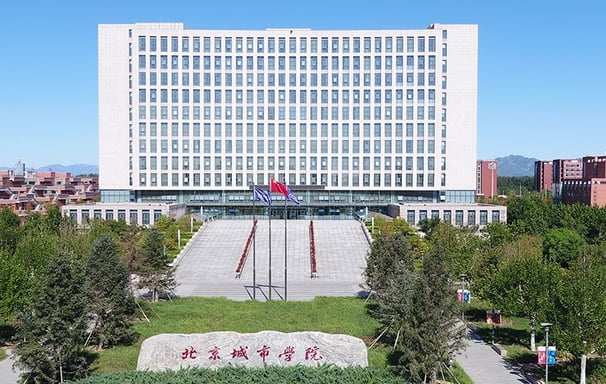

Beijing Institute of Fashion Technology
Beijing Institute of Fashion Technology (BIFT), originally founded in 1959 as Beijing Textile Engineering Institute, is the only Chinese university named after “fashion” and renowned for its “art–engineering integration” model.
BIFT leads with design disciplines, supported by engineering, and augmented by arts and business, featuring nine colleges that span the entire textile and apparel value chain; its programs and disciplines rank among the nation’s best.
The university enrolls over 7,200 full-time students (5,700 undergraduates and 1,400 graduate students), hosts one doctoral program, six first-level master’s disciplines, and seven professional master’s degrees, with multiple programs recently rated A+ in the Soft Science subject rankings and designated as national-level featured majors.


Minzu University of China, School of Dance
It offers a multi-tiered education system from bachelor’s to doctoral level, with teaching and research centers in basic techniques, folk dance, choreography rehearsals, piano accompaniment, and dance theory, supported by a distinguished faculty.
Charged with preserving and innovating China’s ethnic dance heritage, the School’s alumni serve in major national theatres, performance troupes, and university arts departments, exerting significant influence across the field.
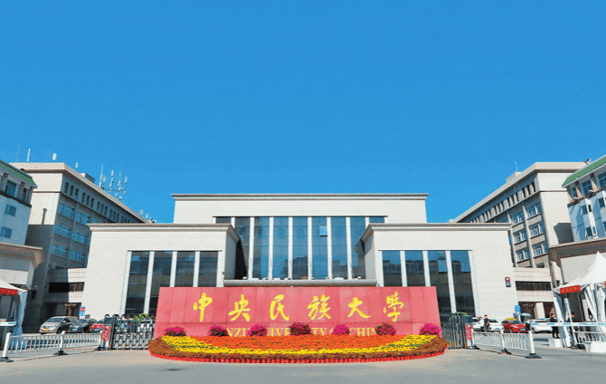

Beijing Dance Academy
Beijing Dance Academy (BDA), founded in 1954 as China’s first specialized dance school and elevated to university status in 1978, is now under the Beijing Municipal Government and recognized as the capital’s “High-Level Specialized” university.
BDA holds the authority to award bachelor’s and master’s degrees, offering 12 undergraduate programs and one master’s discipline, supported by nearly 600 faculty members and approximately 3,300 full-time students (including secondary school), plus some 7,000 continuing education students.
Adhering to “cultivating high-quality dance talents, conducting high-level academic research, and producing high-quality works,” BDA is lauded as “the cradle of dancers” and commands great prestige in international dance education.
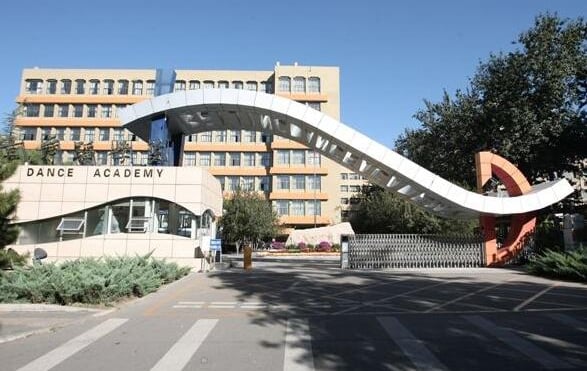

Tianjin Normal University, School of Fine Arts and Design
It offers eight undergraduate majors—Fine Arts, Painting, Chinese Painting, Fashion & Apparel Design, Performance (Fashion Performance & Image Design), Visual Communication Design, Environmental Design, and Digital Media Art. The Fashion & Apparel Design and Fine Arts programs have been approved as Tianjin first-class majors, while Digital Media Art is part of the city’s applied-profession project; the Fine Arts (Teacher Education) program has passed national accreditation for teacher-training specialties.
Under the “school–region synergy, industry–education integration” model, faculty and students have showcased award-winning works at Milan Design Week 2025 under the “Jingwu Cultural Creation” track, translating local cultural heritage into an international design language and embodying the institution’s “serve locality, empower culture” educational mission.
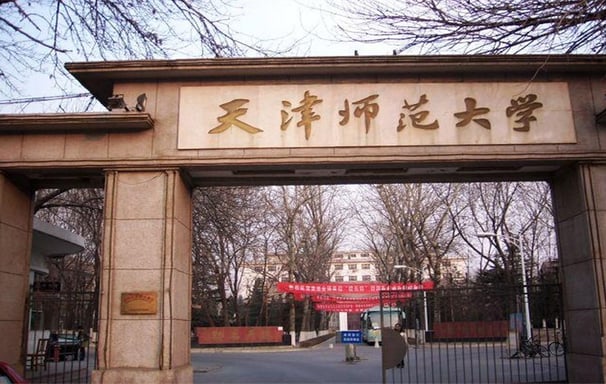

Shanghai Theatre Academy
Established on December 1, 1945, Shanghai Theatre Academy (STA) is one of China’s earliest higher education institutions for dramatic arts and, together with the Central Academy of Drama and Beijing Film Academy, forms the trio of top drama and film schools in mainland China.
Affiliated with the Shanghai Municipal People’s Government, STA operates four campuses (Huashan Road, Lotus Road, Hongqiao Road, and Pujiang), comprising ten secondary colleges, seventeen undergraduate programs, two postdoctoral research stations, two doctoral first-level discipline authorizations, four master’s first-level discipline authorizations, and seven professional master’s fields. The academy employs 823 staff members and enrolls 3,006 full-time students.
The motto “Pursue the Utmost Goodness and Beauty” encapsulates STA’s commitment to artistic excellence. Its alumni include renowned figures such as Feng Xiaogang, Li Bingbing, Hu Ge, Jiang Qinqin, and Dilraba Dilmurat, whose influence extends across China and beyond.
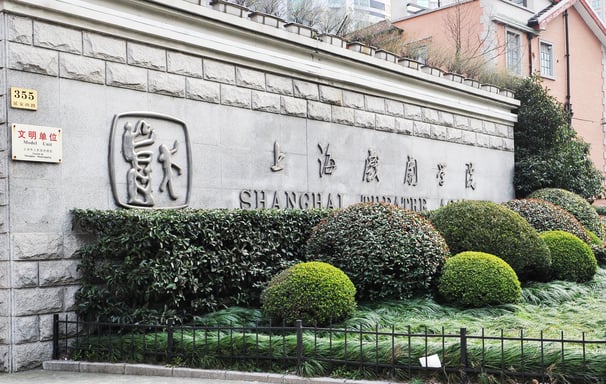

Donghua University
Donghua University (DHU), directly under China’s Ministry of Education, is part of the national “211 Project” and “Double First-Class” initiative, renowned for its strengths in textiles, materials science, and design, and has evolved into a distinctive, high-level multidisciplinary institution.
Founded in 1951 as East China Institute of Textile Technology, DHU now spans three campuses (Songjiang, Yan’an Road, Xinhua Road) across nearly 2,000 mu with 860,000 m² of building space. The university comprises 19 colleges, offers 60 undergraduate majors, holds 14 doctoral first-level discipline authorizations and 30 master’s first-level discipline authorizations, among other professional degrees. Its faculty exceeds 2,200, with over 15,000 undergraduates, 9,400 master’s candidates, and 2,100 doctoral candidates.
The motto “Uphold Virtue and Broad Learning, Forge Will and Practice Earnestly” underscores DHU’s emphasis on moral integrity, academic breadth, and innovative practice. Its international collaborations span Africa–China, US–China, and Yangtze River Delta exchange initiatives.
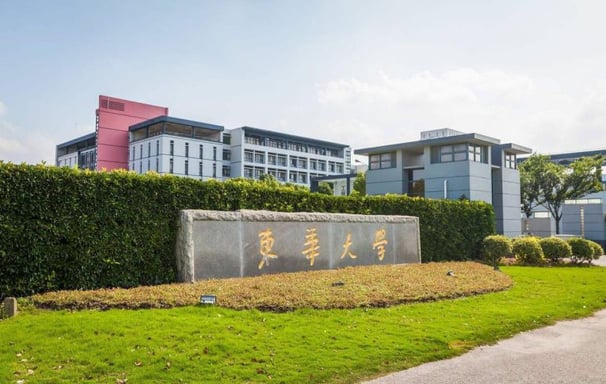

Shanghai Institute of Visual Arts
Shanghai Institute of Visual Arts (SIVA), established in April 2005 with approval from the Ministry of Education and overseen by the Shanghai Municipal Education Commission, is a private full-time university and a pilot for hybrid public–private educational reform in Shanghai.
The campus spans nearly 1,000 mu with over 200,000 m² of buildings. SIVA comprises ten colleges offering 23 undergraduate majors, including three national-level and eight provincial-level first-class program construction points. It has over 300 full-time faculty (including 160 professors and associate professors) and approximately 4,500 students.
Emphasizing integration of industry, academia, and research, SIVA recently convened key journal symposia, launched international art-practice initiatives, and solicited global design submissions for its 20th-anniversary logo—demonstrating its open and innovative ethos.
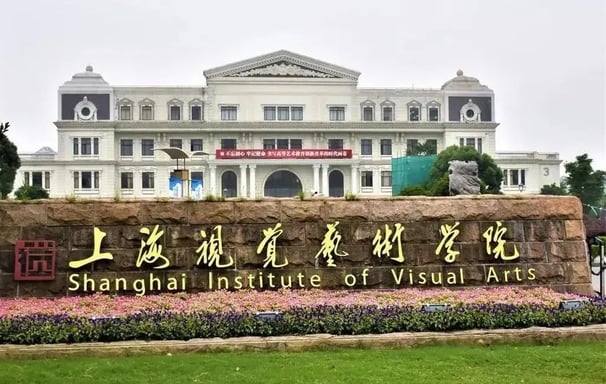

Huace Film Academy, Zhejiang University of Media and Communications
Huace Film Academy of Zhejiang University of Media and Communications is China’s first “mixed-ownership” undergraduate film education pilot, formally approved by the Zhejiang Provincial Government and jointly established by the Provincial Press and Publication Bureau, Tongxiang Municipal Government, ZUMC, and Huace Film & TV Group, with a total investment of approximately RMB 580 million.
The Academy boasts a 48,000 m² campus featuring three soundstages (5,000 m², 2,000 m², 800 m²), editing suites, digital VFX labs, interactive media labs, ADR studios, and black box theaters. Its Cinematography and Production program is a national first-class undergraduate major, while Acting is a provincial first-class major; courses like Virtual Lighting Simulation have been selected as national first-class courses.
Adopting a mentor‐based small‐class model (max 20 students/class), the Academy integrates industry projects by Huace Group and invites top domestic and international film professionals for workshops. Every student undertakes at least two weeks of overseas study sponsored by the Academy, exemplifying its “industry–education integration and internationalization” ethos.
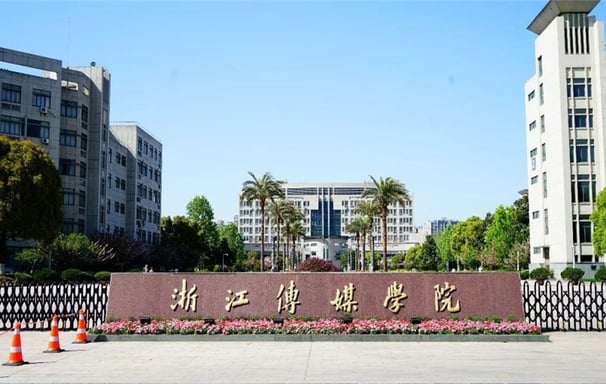

Nanjing University of the Arts
Nanjing University of the Arts (NUA), founded in 1912 and jointly administered by China’s Ministry of Culture and Tourism and the Jiangsu Provincial Government, is the nation’s oldest independently established higher arts institution. It is part of Jiangsu’s High-level University Development Plan, with its arts disciplines ranking among China’s top institutions.
NUA comprises 16 schools offering 43 undergraduate majors in Fine Arts, Music, Drama & Film, Design, and Dance, plus 5 specialized master’s, 4 specialized doctoral authorizations, and 2 first-level doctoral/master’s co‐authorization points, alongside 5 postdoctoral research stations. The student body exceeds 12,000 with over 760 dedicated faculty.
Under the motto “Broadly Refined, Endlessly Evolving,” NUA champions an inclusive, innovation-driven philosophy. Since 2022, NUA has launched the School of Contemporary Music & Technology and the School of Media to integrate arts with digital technology and media, cultivating multidisciplinary talent.
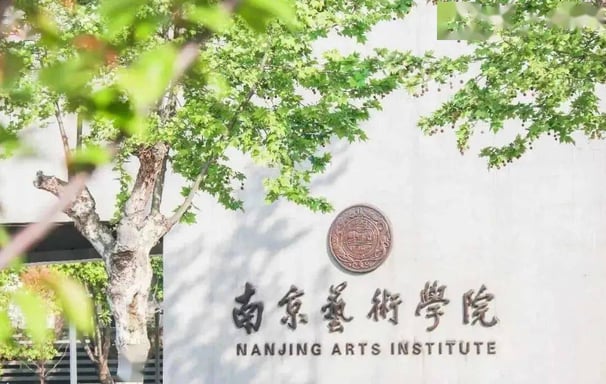

Wuhan University School of Arts
The Wuhan University School of Arts, established in August 2003 as a directly affiliated college, comprises the Departments of Drama & Opera, Film & Television, Performance, Music, and Dance, along with the Institute of Performing Arts and Experimental Art Troupe.
It hosts the only first‐level doctoral discipline in Drama & Film Studies in central‐south China and offers MFA training in Drama Directing, Film Directing, and Performance. The college enrolls over 2,300 full‐time undergraduates and graduates, supported by more than 40 doctoral supervisors and 100+ faculty members.
Emphasizing “art education integration,” the school partners with the National Centre for the Performing Arts, leading film studios, and university troupes to establish practical training bases, and regularly organizes international exchanges and performances, equipping students with extensive practice and research opportunities.
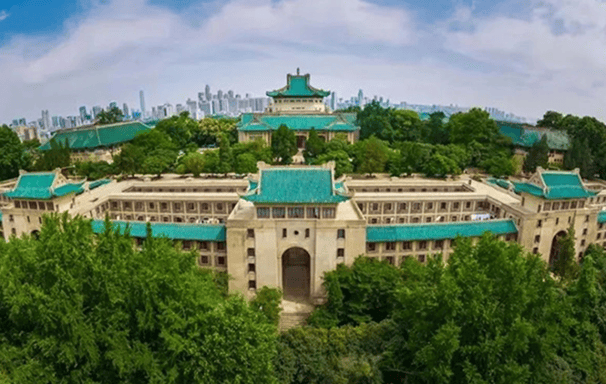

Hubei Institute of Fine Arts
Hubei Institute of Fine Arts (HIFA), established in 1985 based on the 1920-founded Wuchang Art School, is the only higher‐level fine arts institution in central China.
HIFA comprises 15 academic units, including Chinese Painting, Painting, Sculpture & Public Art, Experimental Arts, Arts Education, Film & Animation, Visual Art & Design, Fashion Art, Environmental Art, and Industrial Design. It holds three first‐level master’s discipline authorizations and two professional master’s authorizations. Its two campuses (Canglongdao and Tanhualin) host over 600 staff and nearly 8,000 students.
Adhering to the “inclusive & interactive” pedagogy and the motto “Uphold Virtue, Pursue Knowledge, Act Diligently, Attain Beauty,” HIFA has pioneered video media art, experimental painting, and digital animation. In 2021 it founded the School of Animation & Digital Arts, cementing its role as a national training hub for animation talent.
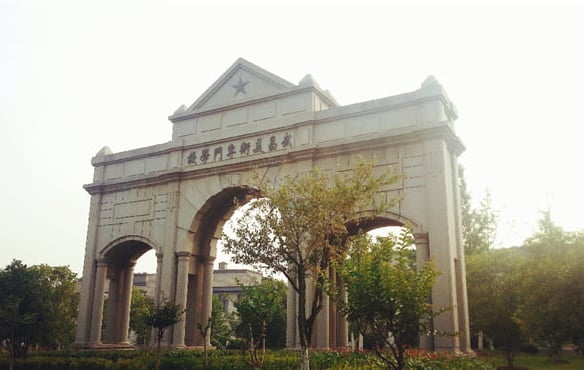

Modern College of Northwest University, Film Academy
The Film Academy of Modern College of Northwest University, established in July 2001, is a key secondary college focused on film and media studies, offering five undergraduate programs: TV & Film Directing, Broadcasting & Hosting, Performance, Drama & Film Directing, and Film Studies.
Emphasizing industry integration, the Academy operates small-class mentorship and project-based teaching, collaborates with leading production companies and creative parks, and maintains a graduate employment rate above 90%.
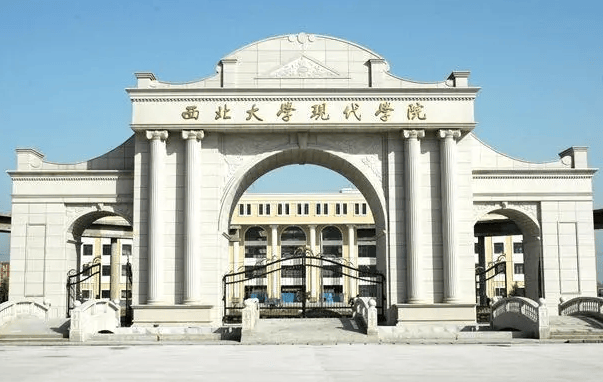

Yunnan Arts University
Yunnan Arts University, approved by China’s Ministry of Education and hosted by the Yunnan Provincial Government, was founded in 1959 with roots tracing back to 1938’s Southwest United University.
It holds master’s first-level discipline authorizations in Arts and Design, doctoral authorizations in Drama & Film Studies, Fine Arts & Calligraphy, and Dance, as well as a national postdoctoral research station in Art Theory.
Serving nearly 10,000 full-time students with over 820 faculty, the university comprises 12 schools—including Music, Fine Arts, Design, Drama, Dance, and Film & Television—offering integrated bachelor’s, master’s, doctoral, and MFA programs.
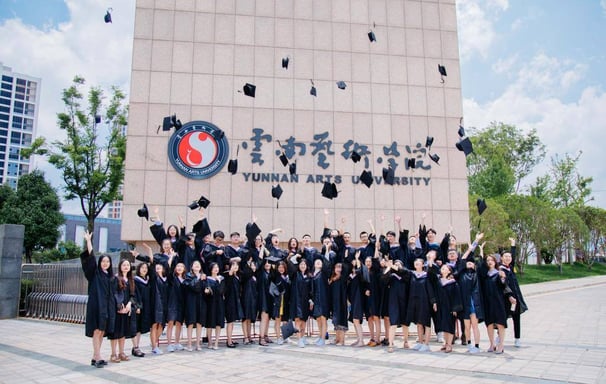

Kunming Professional College of Arts
Kunming Vocational College of Arts, upgraded from Nie Er Music School in 2001, is the first provincial-level vocational arts institution approved by the Yunnan Provincial Government and the Ministry of Education.
The college comprises Nie Er Music College, Performance College, Media College, Design & Media College, and Aviation & Tourism College, offering programs in Music Performance, Broadcasting & Hosting, Visual Communication Design, and Digital Media Art, with foreign experts on faculty and active international collaborations.
Situated on a 143-mu campus by Dianchi Lake, it features modern facilities and is renowned for producing graduates with strong vocational competencies and global perspectives sought by arts organizations and cultural institutions.


Sichuan University of Media and Communications
Sichuan University of Media and Communications (SUMC), formerly the Radio & TV College of Chengdu University of Technology (est. 1997), was restructured into an independent private undergraduate institution in 2013 to support media and cultural industries in western China.
SUMC operates a main campus in Chengdu and two branch campuses in Pujiang and Langzhong, forming a “one university, three campuses” system. It comprises 20 schools offering 50 undergraduate majors, including Broadcasting & Hosting, Journalism, Film Directing, and Art & Design.
By establishing national “Double First-Class” majors, provincial applied-model programs, and industry–education integration bases with Sichuan Radio & TV, Tencent, and ByteDance, SUMC has cultivated numerous interdisciplinary professionals for new media and digital cultural sectors.
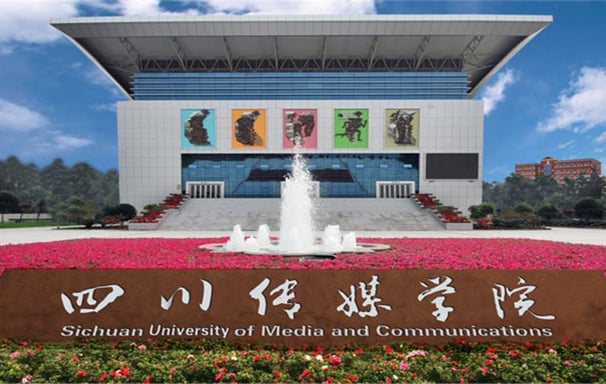

Sichuan University of Culture and Arts
Sichuan University of Culture and Arts (SUCA), founded in 2001 and re-established as an independent private undergraduate institution in 2014, is a founding member of the Sichuan Applied-Undergraduate Alliance.
The university comprises 17 secondary colleges—including Music, Fine Arts, Design, Drama, and Dance—offering 46 undergraduate and 34 tertiary vocational programs, with three provincial-level first-class majors.
With around 1,200 faculty and staff and over 20,000 full-time students, SUCA has been honored as one of “China’s Top Ten Arts Schools” and a leading private arts brand academy in China.
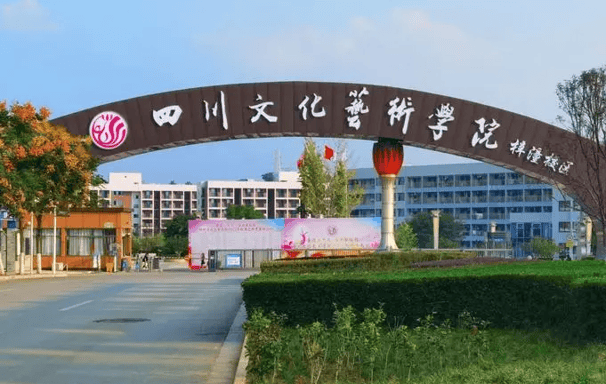

Sichuan Film and Television University
Sichuan Film and Television University (SFTVU), known as “ChuanYing,” is China’s second full-time undergraduate institution named after “Film & Television,” established by the Ministry of Education’s approval and renamed in 2014.
SFTVU offers five undergraduate majors—TV & Film Directing, Performance, Broadcasting & Hosting, Directing, and Film Studies—delivered through small-class instruction and industry-university cooperation, supported by multi-studio soundstages, editing suites, and a digital media lab.
The university adopts a joint-mentorship model with leading film enterprises, co-building practical training bases that have sustained graduate employment rates above 90%.
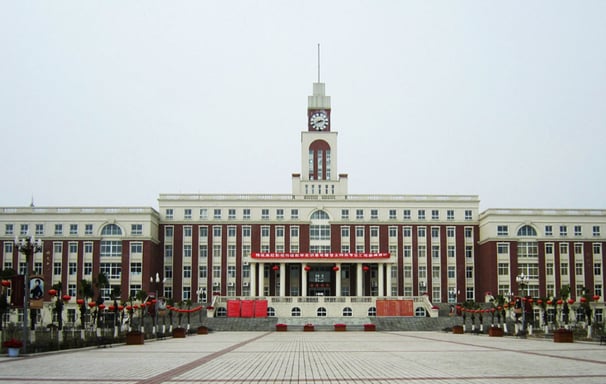

Guangxi Arts University
GXAU operates three campuses—Nanhu, Xisihu, and Guilin—housing 16 teaching units and an Institute of Arts, offering over 40 undergraduate programs and postgraduate studies.
With more than 1,300 faculty and approximately 14,000 full-time students, the university holds three first-level master’s discipline authorizations and seven professional master’s degree authorizations, recognized as a key doctoral-granting institution and a Guangxi-level distinctive university.
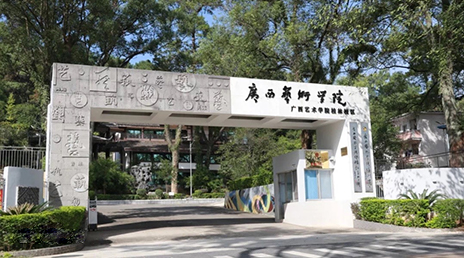

Dalian Polytechnic University
Dalian Polytechnic University (DPU), founded in 1958 as Dalian Institute of Light Industry, is governed by the Liaoning Provincial Government and designated a key high-level university in the province, renowned for its specialties in light industry, textiles, food science, and art design.
DPU comprises 17 schools, offers 42 undergraduate majors, 14 first-level master’s disciplines, and hosts two postdoctoral research stations. It enrolls over 20,000 full-time students and employs more than 2,500 faculty and staff.
Upholding the motto “Learn Extensively, Think Deeply, Practice Earnestly, Innovate Continuously,” the university emphasizes industry–education integration and collaborates with leading enterprises to maintain high graduate employability in its focus industries.
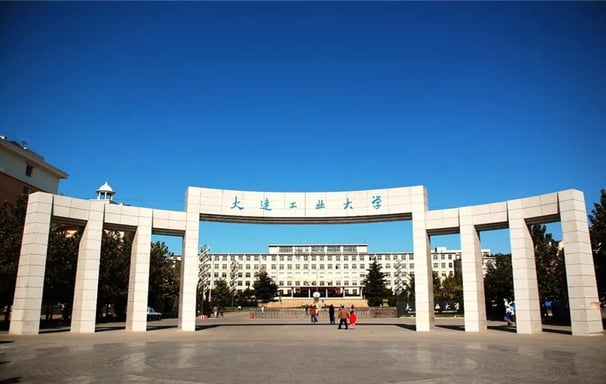

Shenyang Normal University
SYNU offers programs across ten disciplines—Philosophy, Economics, Law, Education, Literature, History, Science, Engineering, Management, and Arts—with 19,293 undergraduates, 2,917 postgraduates, and 1,029 international students. The campus spans approximately 1.23 million m² of land and 942,000 m² of building space.
Designated as one of the Ministry of Education’s first pilot universities for professional graduate education reform and a demonstration university for innovation and entrepreneurship education, SYNU upholds the motto “Learn Broadly, Cultivate Virtue; Seek Excellence, Practice Earnestly,” and maintains partnerships with 58 institutions worldwide.
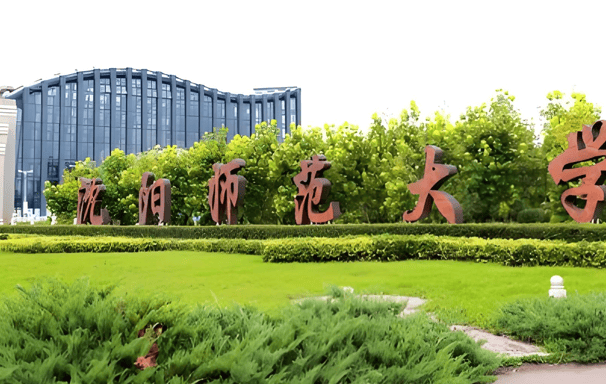

Shandong University of Arts
Shandong University of Arts (SDUA), founded in August 1958 and upgraded from Shandong Art Specialized School to a higher arts institution in 1978, is the only comprehensive public arts university in Shandong Province jointly administered by the provincial government and the Ministry of Culture and Tourism.
SDUA comprises 13 schools—including Music, Dance, Fine Arts, Drama & Film, Design, Calligraphy, and Arts Management—offering 43 undergraduate majors. It holds five master’s degree authorizations in the Arts category and operates two postdoctoral research stations. The campus spans 1,313 mu (~87.5 ha) with 351,000 m² of buildings and a library collection of 687,000 volumes.
Adhering to the motto “Inclusive & Interactive,” SDUA’s 728-member faculty includes over 150 postgraduate supervisors, 11 experts with State Council special allowances, and 8 national-level outstanding teachers, positioning its disciplines among China’s top art institutions.
